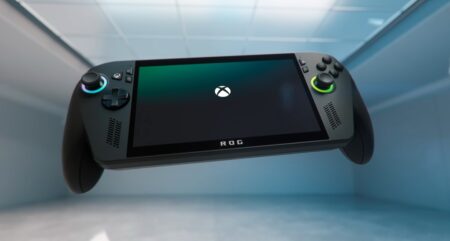
Alex, who lost control of his limbs due to a spinal cord injury, received a brain chip implant from Neuralink last month. This device allows him to control a computer cursor directly with his thoughts.
Gaming Revolution for Those with Limited Mobility
The impact of this technology on Alex’s gaming experience has been amazing. Previously, he relied on a mouth-operated controller called a QuadStick to play his favorite games, including the popular first-person shooter Counter-Strike 2. This method had significant limitations, forcing him to alternate between moving and aiming rather than performing both actions simultaneously like able-bodied players.
Now, thanks to the Neuralink implant, Alex can aim using his thoughts while still using the QuadStick for movement. This combination has dramatically improved his gameplay, allowing for more fluid and natural control. Alex expressed his excitement, saying, “Running around is so enjoyable because I can look side to side without needing to move the QuadStick left and right. I can think about where to look, and it goes where I want it to. It’s insane.”
A video demonstration shows Alex effortlessly taking down computer-controlled opponents in Counter-Strike 2, showcasing the precision and speed afforded by the brain-computer interface.
Beyond Gaming: Expanding Creative Possibilities
The benefits of the Neuralink implant extend beyond gaming. Alex has been using the technology to create 3D designs using CAD software. In a practical application of his newfound abilities, he designed a custom mount for the implant’s electric charger, which was subsequently 3D printed.
This achievement highlights the potential for brain-computer interfaces to empower individuals with limited mobility in various creative and practical attempts.
Neuralink has been working diligently to improve the reliability and effectiveness of its implants. After encountering issues with electrode displacement in their first patient, the company implemented several improvements for Alex’s surgery. These include reducing the risk of air pockets forming during the procedure and placing the implant deeper into the brain tissue. So far, these changes appear to be successful, with no observed thread retraction in Alex’s case.
Neuralink is working to expand the potential of its brain-computer interface. The company is developing ways to provide full mouse and video game controller functionality through the implant. Even more ambitious plans include enabling users to control robotic arms or wheelchairs, potentially restoring greater independence for individuals with mobility impairments.





